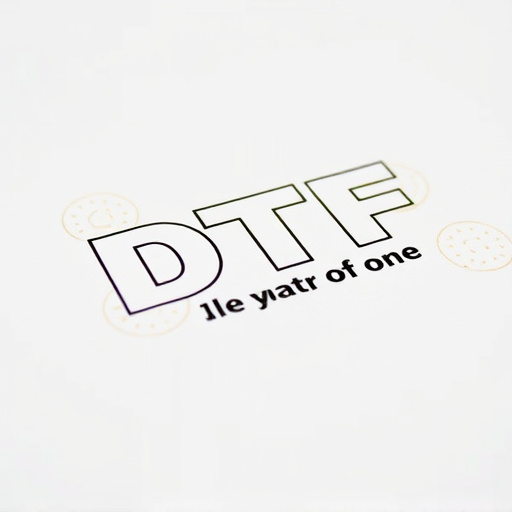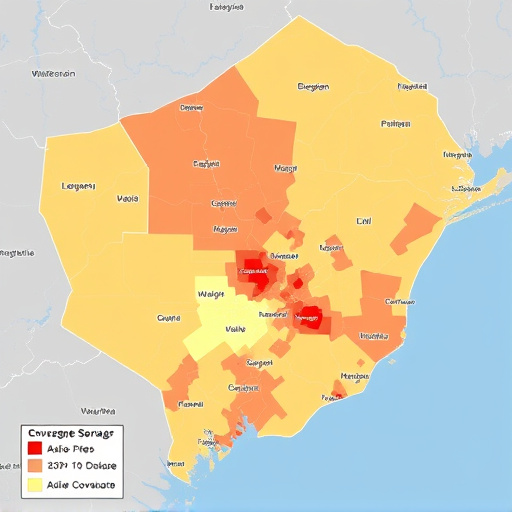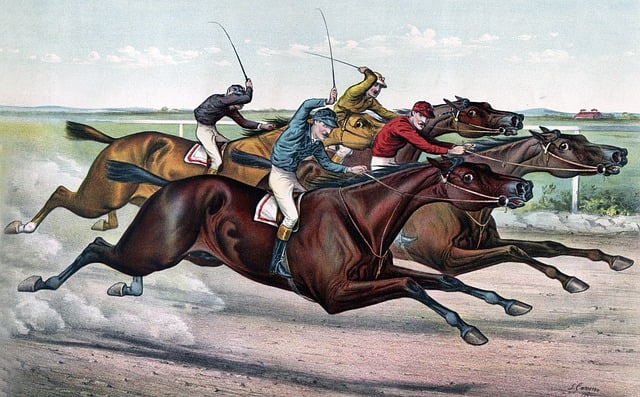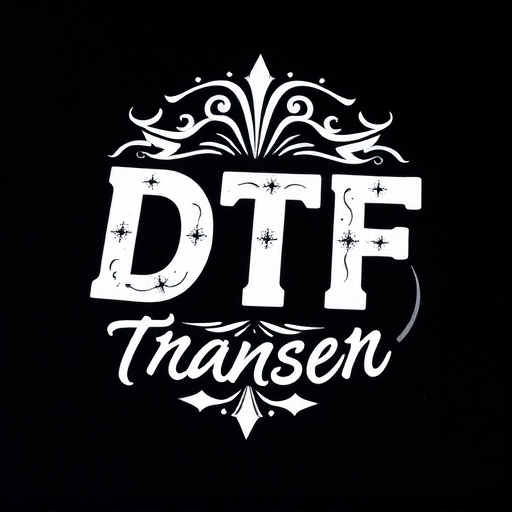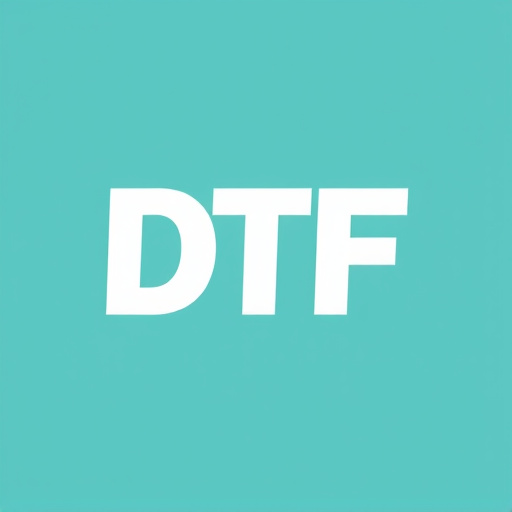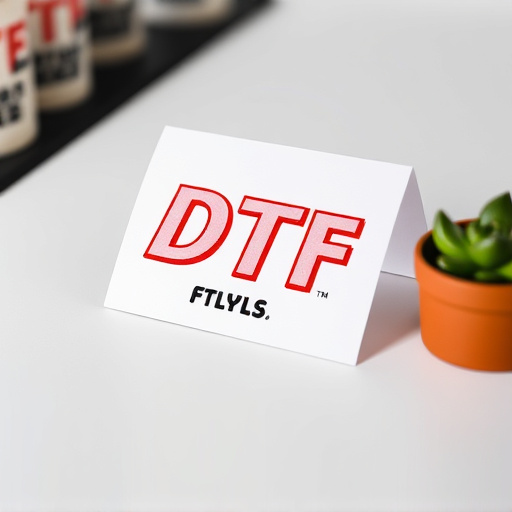Direct-to-Film (DTF) transfers revolutionize printing with swift, high-quality production of digital art and photography prints. Ideal for artists and filmmakers, DTF printing streamlines the process from digital files to physical prints, offering vibrant colors and sharp details. Expedited services cut turnaround times dramatically, ensuring consistent quality in large print runs. DTF technology is versatile, used in billboards, fashion, art reproductions, and specialty printing, with advancements focused on efficiency, sustainability, and eco-friendliness.
“In today’s fast-paced media landscape, efficient film transfer services are more crucial than ever. Expedited production of direct-to-film (DTF) transfers is revolutionizing content creation, enabling filmmakers and industries to bring their visions to life swiftly. This article delves into the world of DTF technology, exploring its benefits, from accelerated printing times to enhanced quality. We’ll navigate the process, highlight key considerations for service providers, and discuss emerging trends shaping the future of DTF prints across various applications.”
- Understanding Direct-to-Film (DTF) Transfers: A Quick Overview
- Benefits of Expedited Production Services for DTF Transfers
- The Process: From File to Print in Record Time
- Choosing the Right Service Provider for Fast DTF Printing
- Applications and Industries Utilizing DTF Prints
- Future Trends: Enhancing DTF Technology and Its Impact
Understanding Direct-to-Film (DTF) Transfers: A Quick Overview
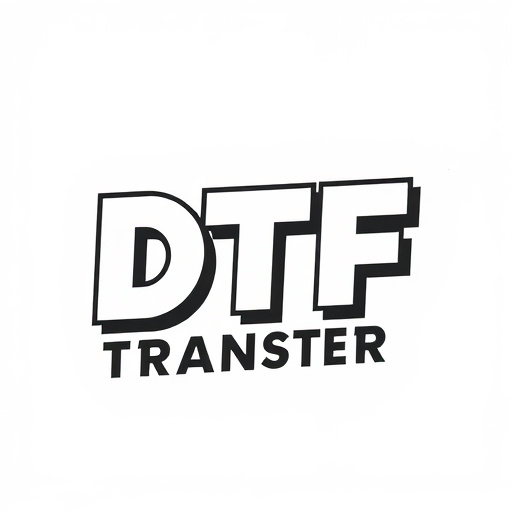
Direct-to-Film (DTF) Transfers are a cutting-edge printing method that offers a fast and efficient way to create high-quality prints directly from digital files, eliminating the need for intermediate steps. This modern technique has revolutionized the print industry, especially in the realm of art and photography, by enabling artists and photographers to bring their digital creations to life swiftly and accurately. With DTF, images are transferred onto film using advanced printing technology, ensuring sharp details and vibrant colors that mimic the original digital file.
DTF Printing is particularly advantageous for those seeking fast turnaround times without compromising on quality. It streamlines the process of creating prints, from digital master files to physical prints, making it a popular choice for various applications. Whether for fine art prints, photo enlargements, or even limited-edition artist proofs, DTF Transfers offer precision and speed, allowing creators to focus more on their artistic vision rather than the production process.
Benefits of Expedited Production Services for DTF Transfers
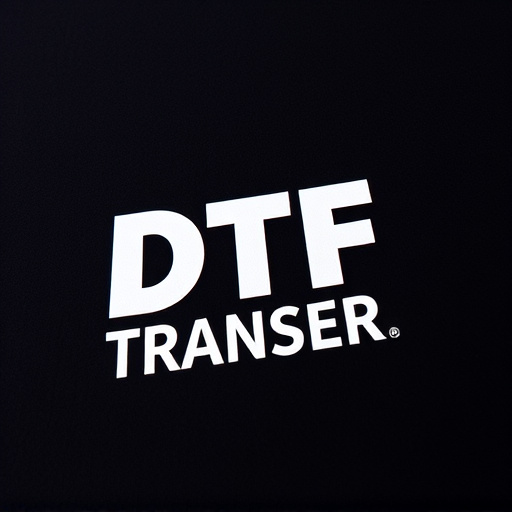
Expedited production services for direct-to-film (DTF) transfers offer a myriad of benefits to filmmakers and content creators. By leveraging specialized printing techniques, these services significantly reduce turnaround times compared to traditional methods, enabling faster delivery of high-quality DTF prints. This agility is particularly valuable in the dynamic world of film and media, where timely releases and quick turnaround are often crucial for success.
Moreover, expedited production ensures consistent quality throughout large print runs. DTF printing technology, when combined with expert handling, produces vibrant, accurate colors and sharp details, making each print a true representation of the original source material. This consistency is essential for maintaining the artistic vision and ensuring viewer satisfaction, especially in high-stakes productions where every frame counts.
The Process: From File to Print in Record Time
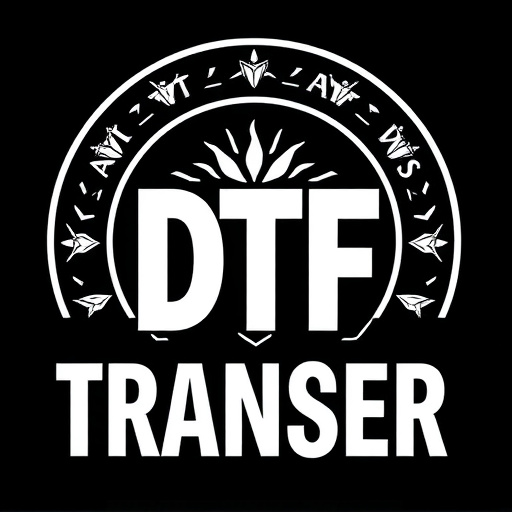
The process of creating direct-to-film (DTF) transfers involves a streamlined approach that cuts down significantly on production time. It all begins with receiving the digital file – whether it’s a high-resolution image or a complex animation – which is then meticulously prepared for printing. This preparation stage includes optimizing the file for DTF printing, ensuring color accuracy, and making any necessary adjustments to ensure seamless transfer to the film medium.
Once ready, the file is sent to advanced printers capable of producing incredibly detailed DTF prints in record time. These printers use specialized inkjet technology to lay down precise layers of ink onto the film, creating a negative image that perfectly matches the original digital file. After printing, the films undergo careful inspection for quality control before being ready for the next stage – often involving specialized techniques like exposure and developing to create the final, usable print.
Choosing the Right Service Provider for Fast DTF Printing
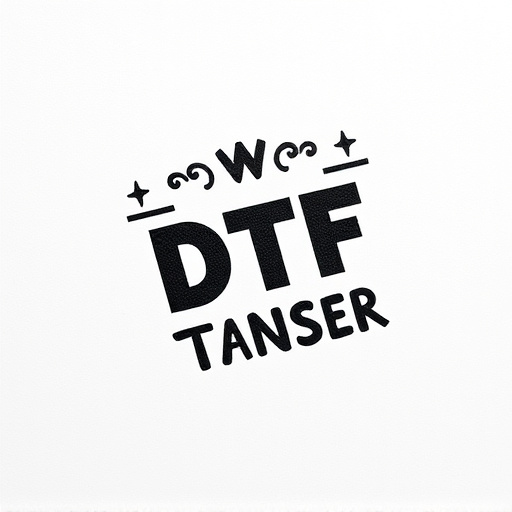
When opting for expedited production services for direct-to-film (DTF) transfers, selecting the right service provider is paramount to ensure top-quality DTF prints and timely delivery. It’s crucial to consider factors such as their expertise in DTF printing, the technology they employ, and their ability to handle your specific project requirements efficiently. Look for providers with a proven track record of delivering fast turnaround times without compromising on image quality.
Reputable service providers invest in advanced equipment and maintain a team of skilled technicians who are adept at optimizing DTF transfer processes. This ensures that your prints come out vibrant, accurate, and free from defects. Additionally, they should offer customizable solutions to cater to various media types and printing needs, making them a reliable partner for your direct-to-film projects.
Applications and Industries Utilizing DTF Prints
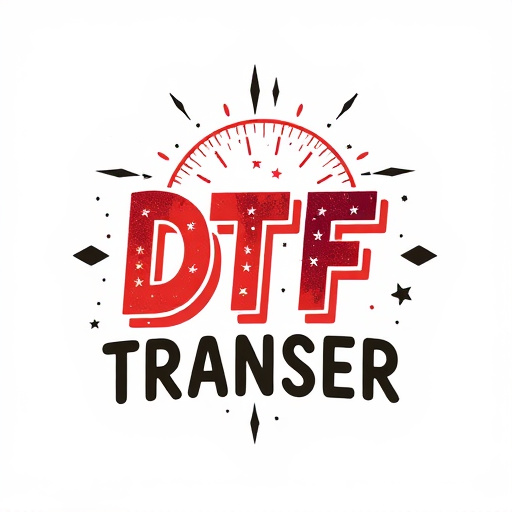
Direct-to-film (DTF) transfers and printing have found their way into a multitude of applications across various industries. From advertising and branding to art installations, DTF prints offer a unique and visually appealing alternative to traditional printing methods. In the marketing world, DTF is used for creating eye-catching billboards, banners, and pop-up displays that capture attention in both urban and rural settings.
In the realm of fashion and design, DTF transfers are utilized for custom clothing, accessories, and home décor items. The versatility of DTF printing allows for intricate designs and detailed graphics on a variety of materials, making it ideal for small-batch production and one-of-a-kind pieces. Additionally, industries such as museums and galleries employ DTF prints for exhibits and art reproductions, ensuring high-quality visuals that preserve the artistic integrity of the originals.
Future Trends: Enhancing DTF Technology and Its Impact

The future of direct-to-film (DTF) transfers is brimming with technological advancements that promise to revolutionize the industry. As demand continues to surge, especially in niche markets like fine art and specialty printing, DTF technology is evolving to meet these needs. One prominent trend is the integration of advanced printing techniques, such as UV curable inks, which enable faster production times without compromising on quality or color accuracy. These innovations are set to enhance the overall efficiency of DTF processes, making them even more appealing for both professional artists and small businesses.
Additionally, there’s a growing emphasis on sustainability within the print industry, and DTF technology is not immune to this shift. Future developments may include eco-friendly ink formulations and sustainable materials, addressing environmental concerns while maintaining high-quality DTF prints. This trend aligns with the increasing consumer preference for environmentally conscious products, positioning DTF transfers as a viable option for businesses aiming to reduce their carbon footprint without sacrificing creativity or production speed.

